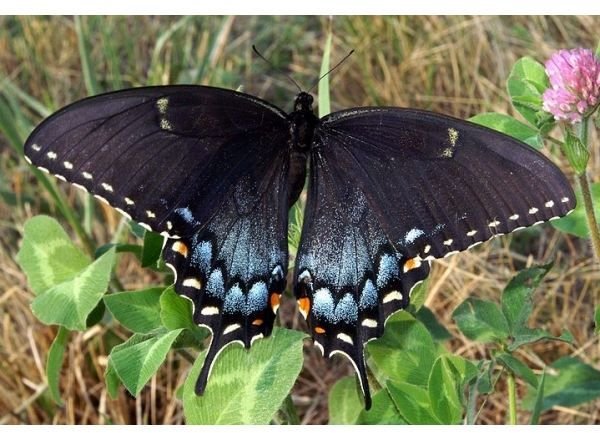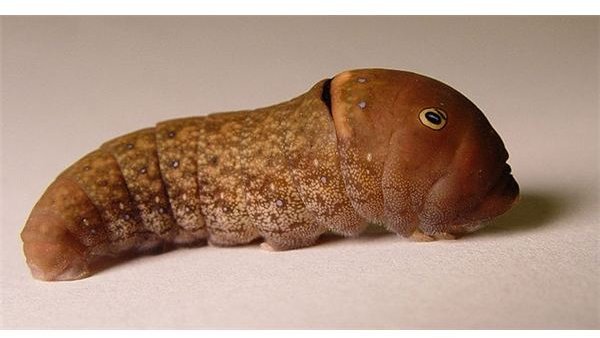Interesting Tiger Swallowtail Butterfly Facts: Life Cycle, Habitat, Diet and More
This beautiful butterfly is called a swallowtail because it has a long tail on each hindwing that resembles the long, pointed tail of the swallow (bird). There are two species: the eastern (Pterourus glaucus) and the western (Pterourus rutulus). Here are some interesting facts about tiger swallowtail butterflies.
Description

The tiger swallowtail is a large butterfly. On average, the length is 3 1/2 to 4 1/2 inches and the wingspan is 4 to 5 inches. Both species (males and females) are yellow and black with striped markings, resembling a tiger. However, the female eastern butterfly is the only one that has two forms. The other form is a dark color (a dark color replaces the yellow areas). The western swallowtails are normally more pale in color (yellow) and smaller in size than the eastern butterflies.
Habitat
Tiger swallowtails can be found throughout the United States. They prefer grasslands and woodlands but can live in other environments, including cities.
Diet
Butterflies do not actually eat; they drink liquids. They have a proboscis (a long tube in their mouth) that acts like a straw. Mostly they will drink nectar from flowers. Favorite flowers include the butterfly bush, zinnias, oregano, and the purple coneflower. They will also drink from overripe fruits.
Caterpillars do eat, mainly leaves. Preferred plants include wild cherry, birch, ash, willow, poplar, and aspen.
Life Cycle

A tiger swallowtail butterfly will go through four stages of life:
First is the egg. The female will lay her eggs on a plant that will provide nourishment once they hatch.
Second is the caterpillar (larva). The caterpillar hatches from the egg, eats its egg shell, and almost immediately starts eating leaves. It is initially brown in color but later turns green (it may turn back to brown before pupating). It makes its own nest by folding a leaf over and securing it with silk. The caterpillar can grow up to 2 inches long.
Third is the pupa. This is the resting stage as it transforms into a butterfly. A hardened case (cocoon) protects the pupa as it transforms. During this time, no eating or drinking takes place.
Fourth is the adult (butterfly). In about 1 month from the time the egg was laid, a beautiful butterfly will emerge from the cocoon. Butterflies do not grow once they emerge.
More Information
The following are more interesting facts about tiger swallowtail butterflies:
• The dark eastern female butterfly is similar looking to the poisonous pipevine swallowtail. This helps protect her from predators who are familiar with the ill effects associated with pipevines.
• The brown caterpillar resembles a bird dropping which protects it from predators.
• The eastern tiger swallowtail is the state butterfly of Georgia, South Carolina, and Delaware and the state insect of Virginia.
• Tiger swallowtail butterflies only live for about one month.
Sources Used
https://entnemdept.ufl.edu/creatures/bfly/tiger_swallowtail.htm
https://www.greenville.k12.ny.us/elem/brady_s/butterflies/Tigerswallow.htm
https://www.butterfliessite.com/tigerswallowtail.html
Photo Credit
Tiger swallowtail image by Diana
Female eastern tiger swallowtail image courtesy of https://en.wikipedia.org/wiki/File:Eastern_Tiger_Swallowtail,_Black_Form_Female_5891c.jpg
Caterpillar image courtesy of https://en.wikipedia.org/wiki/File:TigerSwallowtailCaterpillar.jpg
